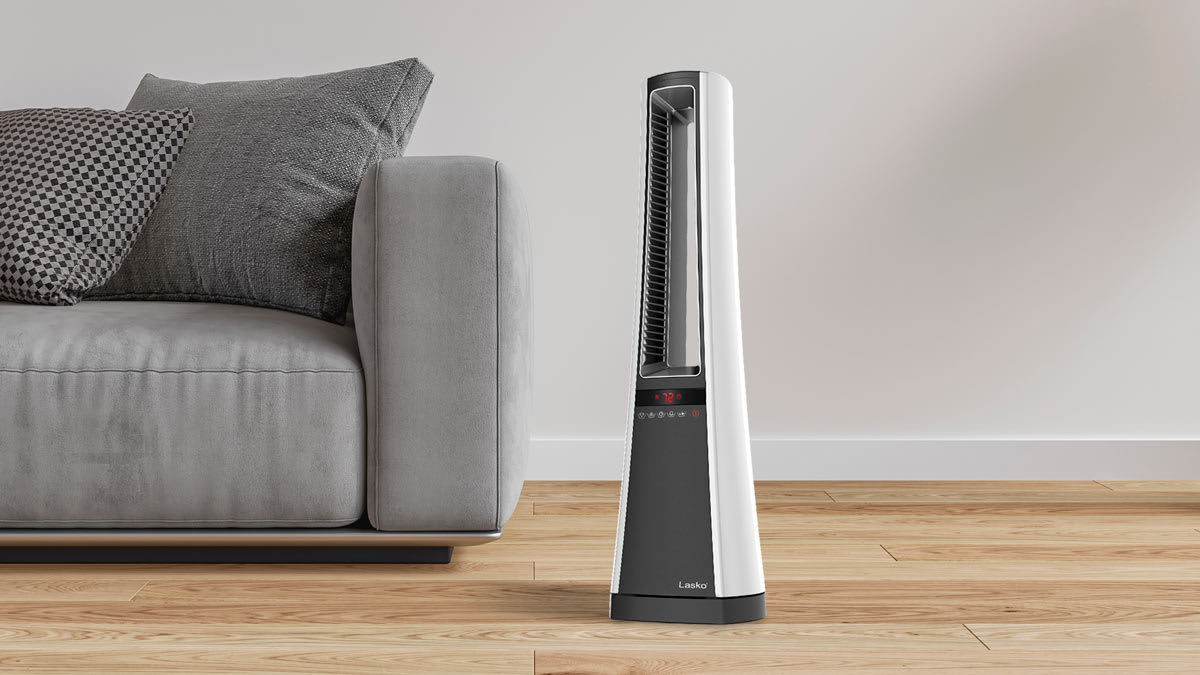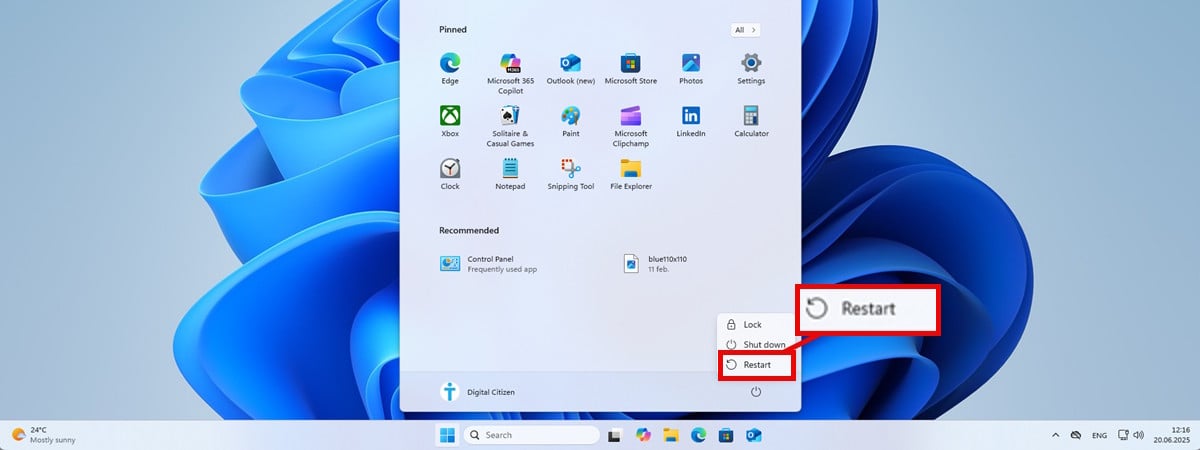How to Use a Space Heater Safely

Certification: Make sure the heater you buy carries a safety certification label from an independent testing organization, such as the UL mark, the ETL label from Intertek, or certification from CSA International.
Shutoff features: A smart sensor that automatically shuts off a heater when it overheats is a must. You’ll also want a tip-over switch that does the same if the heater is knocked over.
Shock protection: If you’re using the space heater in a potentially damp area, look for one equipped with an appliance leakage current interrupter (ALCI) plug. These bulky plugs—similar to those seen on hair dryers—safeguard against differences in current and can also protect against a dangerous electrical shock. Few space heaters have these plugs, however. Only five of the more than 100 models currently in our space heater ratings offer this protection. (On our model pages, space heaters with any plug with a resettable circuit breaker are designated as having ground-fault circuit interrupter (GFCI) protection.) A GFCI outlet will also provide protection.
It’s worth noting that the Consumer Product Safety Commission doesn’t recommend using a portable electric space heater in the bathroom, especially if the appliance doesn’t meet specific standards and testing requirements. “Consumers should only use electric heaters that bear a marking of an accredited testing lab and never use a portable electric heater in a bathroom that isn’t intended for use there,” says Pamela Springs, a CPSC spokesperson. “The safety standard for portable heaters, ANSI/UL 1278, has tests for heaters intended to be used in bathrooms.”
A sturdy cord: Most space heaters come with a cord that’s 6 feet long. To prevent overheating, never use an extension cord or a power strip with an electric heater. And don’t cover the cord with an area rug or furniture, which could cause damage or overheating.
Source link











